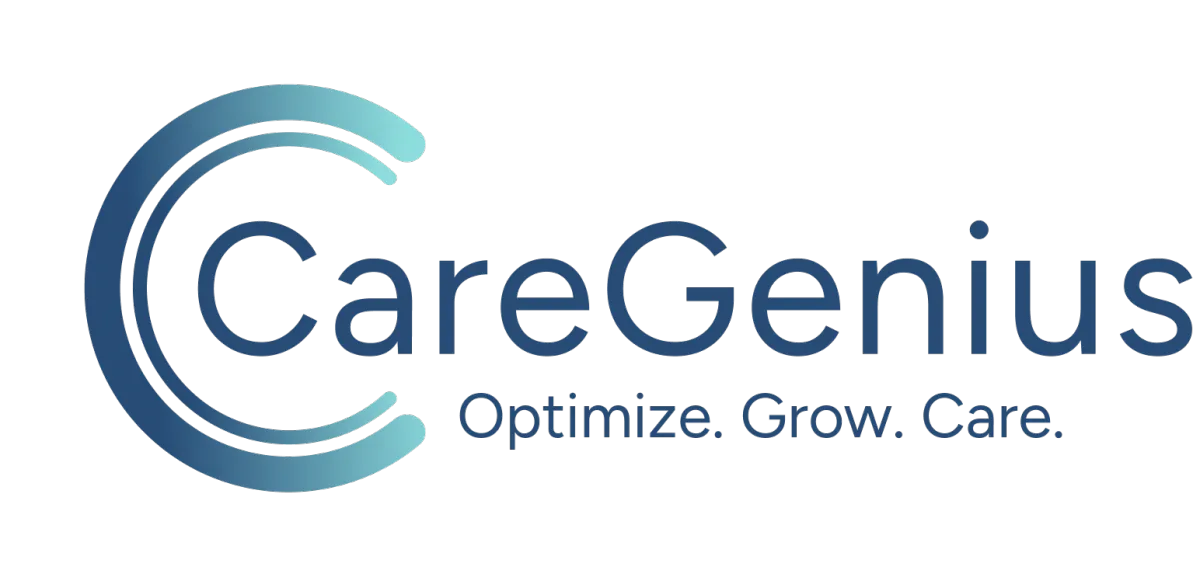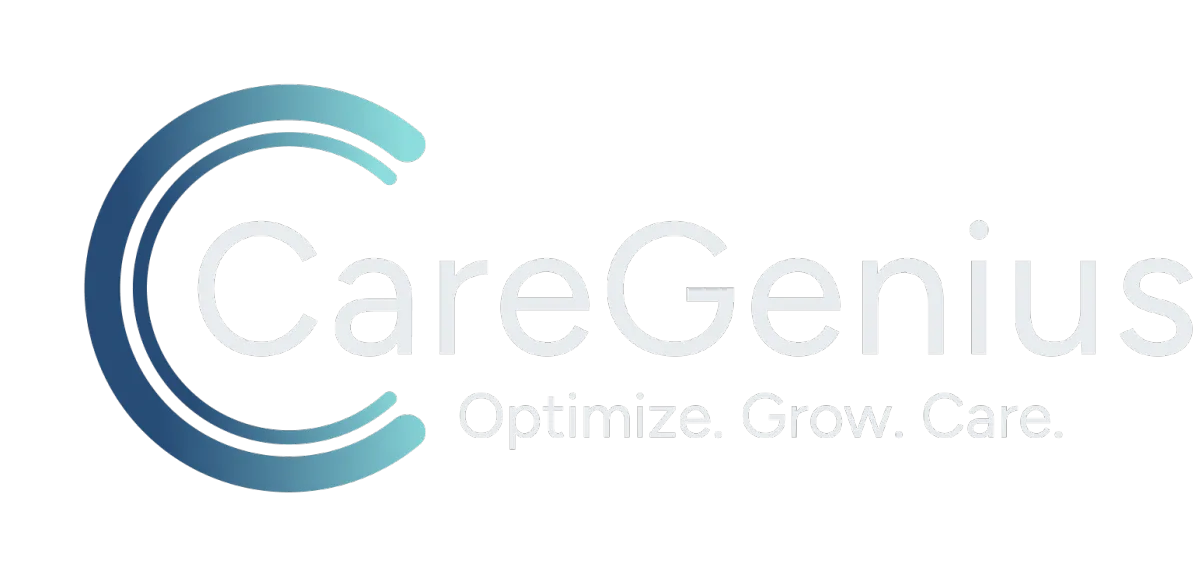
Running Google Ads for Speech Therapists: A Practical Guide to Attracting More Clients
Speech therapists can use Google Ads to connect with people actively searching for therapy services. By targeting the right keywords, optimizing ads for local searches, and focusing on measurable goals, therapists can grow their client base efficiently. This guide provides clear, step-by-step strategies to get started.
Why Google Ads Works for Speech Therapy Clinics
Google Ads helps position your services at the top of relevant search results—right where potential clients are looking. With targeted settings for location, age, and search intent, you can tailor your campaigns to specific audiences. This is especially valuable for high-intent queries like:
“Speech therapist near me”
“Pediatric speech therapy in [city]”
“SLP for stuttering”
The platform also allows for real-time performance tracking and scalability, giving you control over your ad spend and results.
Step 1: Set Clear Goals Before You Start
Before launching a campaign, define what success looks like for your practice:
Primary Objective: Is your goal more calls, booked appointments, or contact form submissions?
Audience Clarity: Are you targeting parents, teachers, or adult clients?
Budget Planning: Know your cost-per-lead target by comparing acquisition costs to client lifetime value (LTV).
Step 2: Build a Targeted Keyword Strategy
Keywords connect your ads with real searches. Prioritize:
High-Intent Phrases:
“Speech therapy for toddlers,” “SLP evaluations,” or “speech therapist for adults with aphasia.”Match Types:
Broad Match: Casts a wide net but may attract less relevant clicks.
Phrase Match: Balances reach and accuracy.
Exact Match: Prioritizes precision.
Negative Keywords: Filter out non-converting traffic by excluding terms like “jobs,” “courses,” or “free.”
Step 3: Write Clear, Focused Ad Copy
Your ad copy should address specific needs with clarity:
Headline Examples:
“Speech Therapy for Kids in Austin”
“SLP Evaluations for Late Talkers”
Description Tips:
Emphasize unique selling points—licensed therapists, evening appointments, teletherapy options.
Use Ad Extensions:
Call Extensions: Enable one-click phone calls.
Location Extensions: Show your clinic's address.
Sitelinks: Highlight services like “Language Delay Treatment.”
Structured Snippets: List offerings like “Articulation Therapy” or “Fluency Training.”
Step 4: Use Smart Targeting Settings
Refine your reach to get better results:
Geo-Targeting: Limit ads to your service area.
Radius Targeting: Useful if you offer in-home or remote services.
Ad Scheduling: Run ads during peak hours (e.g., mornings or after school).
Device Targeting: Prioritize mobile if most users call from their phones.
Step 5: Optimize Your Landing Page
A good ad brings traffic. A good landing page converts it.
Strong CTA: Use clear language like “Book a Consultation” or “Schedule Your Evaluation.”
Trust Signals: Add testimonials or review snippets.
Service Clarity: Describe offerings with relevant keywords for better SEO and relevance.
Fast, Mobile-Friendly Design: Prioritize speed, ease of use, and HIPAA-compliant contact forms.
Step 6: Plan Your Budget & Bidding Strategy
Efficient use of ad spend starts with the right structure:
Set a Daily/Monthly Budget: Align with your client acquisition goals.
Choose a Bidding Approach:
Manual Bidding: More control over CPC.
Automated Bidding: Lets Google optimize for conversions.
Brand vs. Competitor Bidding:
Bidding on your own name protects your brand, while bidding on competitor names may attract switchers.
Step 7: Track Conversions and Analyze Performance
To improve results, you need to measure them.
Set Up Tracking: Use Google Ads and Analytics to monitor actions like form fills or calls.
Monitor Key Metrics:
CTR (Click-Through Rate): Is your ad copy engaging?
Conversion Rate: Are users taking action?
Impression Share: How often do your ads appear?
Quality Score: Measures ad relevance and landing page quality.
Use insights to adjust keywords, bids, and copy.
Common Pitfalls to Avoid
Sending Users to Your Homepage: Use targeted landing pages instead.
Forgetting Mobile Optimization: Ensure your site works on all devices.
Overbidding: Spend smart, not excessively.
Ignoring Negative Keywords: Refine traffic quality.
Setting and Forgetting: Google Ads is not a one-time setup. Monitor regularly.
Pro Tips to Boost Results
Remarketing: Re-engage visitors who didn’t convert the first time.
A/B Testing: Test different headlines, images, or CTAs.
Call Tracking: Track which ads generate phone leads.
Use Performance Max: Reach users across YouTube, Gmail, Search, and more—automatically optimized.
When to Hire a Google Ads Professional
Consider outside help if:
You have limited time to manage the campaigns.
Your campaigns are complex (multi-locations or services).
Results have plateaued despite regular efforts.
What to Look For:
Experience in healthcare or therapy marketing.
Transparent reporting and measurable KPIs.
Customized, not templated, strategies.
Hiring a specialist like CareGenius, who understands Speech Therapy digital marketing, can significantly improve your ROI by aligning ad strategies with your clinic’s specific goals and client needs.
Final Thoughts
Google Ads gives speech therapists a scalable, data-driven way to attract new clients. With the right strategy—focused on targeting, messaging, and optimization—you can drive steady growth.
Start small, track results, and refine as you go.
Need expert support? CareGenius specializes in digital marketing for speech therapists and can help you get better results, faster.

Why Choose CareGenius?
CareGenius specializes in SEO for senior care providers. Our data-driven approach delivers measurable results, from increased web traffic to higher occupancy rates. With a dedicated account manager, you get personalized strategies and ongoing support tailored to your facility’s goals.
"My clientele has increased by 30-40%!"
Shining Stars ABA Learning Centre
Rania

"We're constantly hiring to keep up with the demand for our services."
HomeWell Care Services
Fred

© Copyright 2025 CareGenius Solutions, a division of KiroGho Enterprises Ltd. All rights reserved.

